15 Essential Summer Gardening Tips for Beginners
Gardening in the summer can be a rewarding and fun experience, especially for beginners. Whether you are growing flowers, vegetables, or herbs, the warm months offer plenty of opportunities to create a thriving garden. However, starting out can feel overwhelming with so much to learn. To help you get started, we have gathered the best summer gardening tips for beginners. These tips are designed to make your gardening journey easier, with practical advice on plant care, watering, and soil health. By following these simple steps, you can enjoy a successful and vibrant garden all season long. So, grab your gloves and let’s dive into these essential gardening tips!
This post may contain affiliate links, which helps keep this content free. Please read our disclosure for more info.
Start with the Right Plants

Choosing the right plants is one of the first steps to having a successful garden. For beginners, it is essential to choose plants that are suitable for your climate and soil type. You can visit a local nursery or research what plants thrive in your region. Annuals and perennials can be a great starting point, and native plants often require less maintenance.
Once you have selected your plants, make sure they match your garden’s conditions, whether it is full sun or partial shade. This can significantly reduce the time spent on caring for them. A little research upfront will go a long way in preventing future gardening struggles.
Prepare the Soil
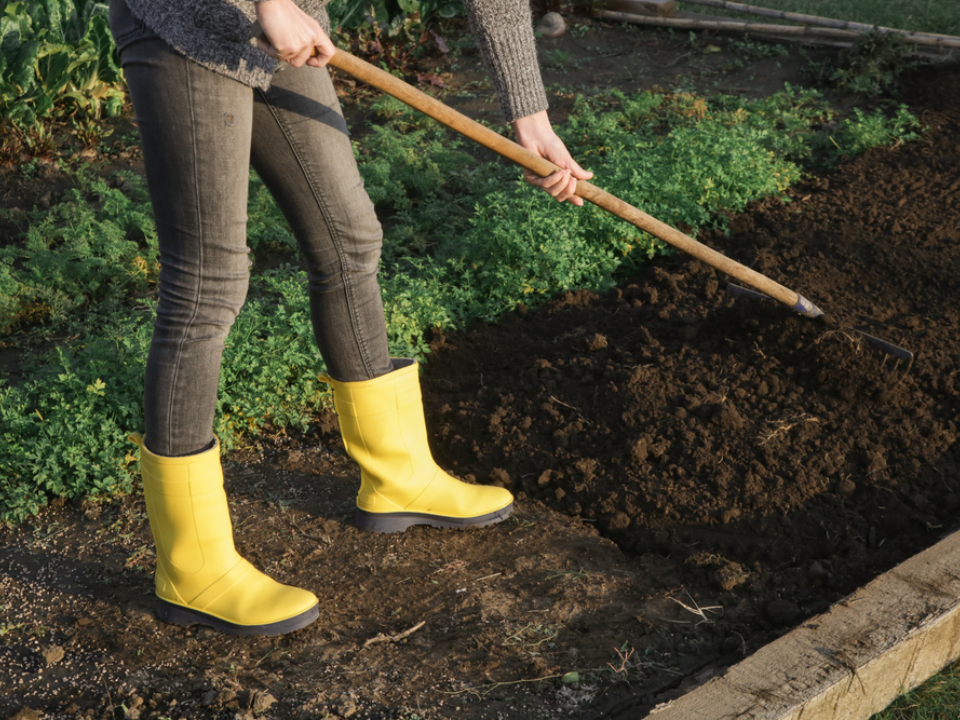
Good soil is the foundation of any thriving garden. Before planting, take the time to prepare the soil by loosening it with a spade or garden fork. If the soil is heavy with clay or too sandy, you can amend it with organic compost to improve its structure.
Additionally, ensure the soil has proper drainage. If water tends to pool, consider adding raised beds or creating mounds to help with drainage. Healthy soil will promote healthier root growth and better plant development, which will lead to a more vibrant garden.
Watering Wisely

Proper watering is crucial, especially during the summer months. As temperatures rise, plants will need more water, but overwatering can lead to root rot. The key is to water deeply and infrequently rather than shallowly and often, as deep watering encourages roots to grow deeper and stronger.
Water your plants in the early morning or late afternoon to avoid the midday heat, which can cause water to evaporate too quickly. Pay attention to the specific needs of each plant, as some may require more water than others.
Mulch to Retain Moisture
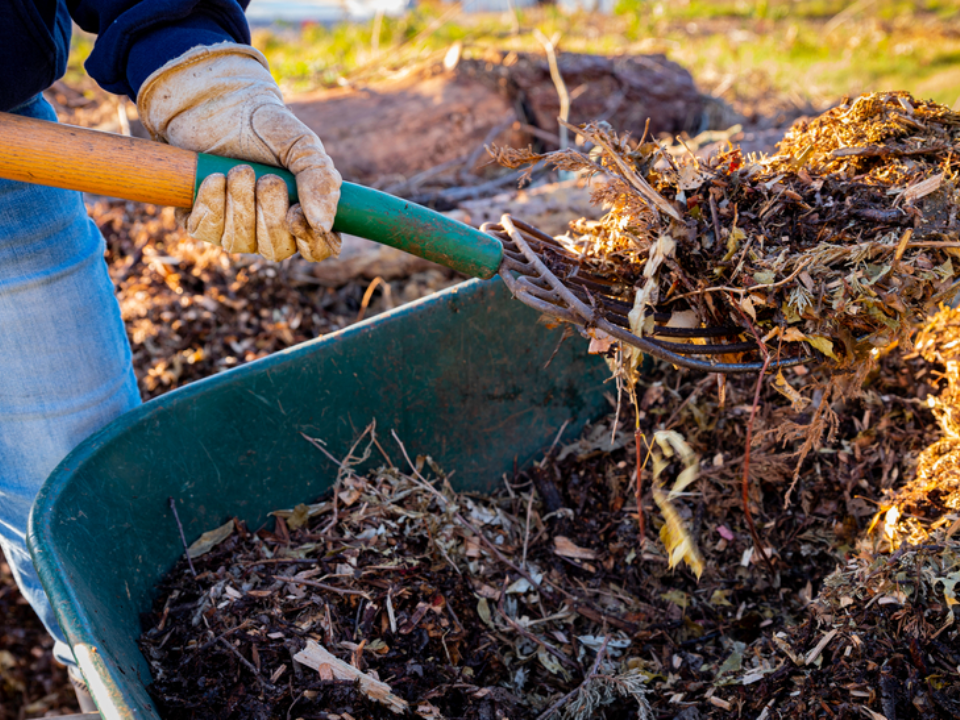
Mulching is one of the best ways to retain moisture in the soil, especially in summer. By spreading a layer of mulch around your plants, you help keep the soil cool and reduce water evaporation. Mulch also prevents weed growth, which can compete with your plants for nutrients.
Choose organic mulch such as wood chips, straw, or leaves, as they will break down over time and add nutrients to the soil. Be sure to leave a small gap around the stems of plants to prevent moisture buildup, which could lead to rot.
Maintain Consistent Weeding
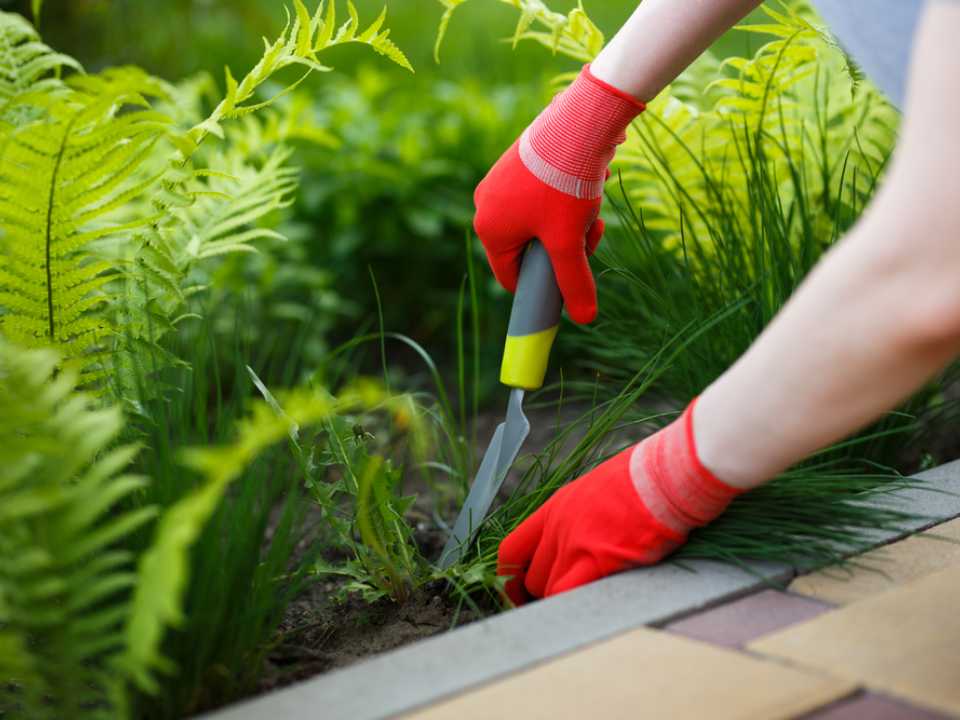
Weeds can quickly take over a garden if left unchecked, so it is important to remove them consistently. Weeding should be done regularly to prevent competition for water, nutrients, and sunlight. It is best to pull weeds by hand to ensure you remove the entire root system.
Consider using a hoe or a weed barrier fabric to make the process easier. Early morning is the best time to weed because the soil is moist, making it easier to pull out weeds.
Choose the Right Fertilizer

Fertilizing is essential for providing the nutrients that plants need to grow strong and healthy. Use a balanced fertilizer that contains the essential nutrients: nitrogen, phosphorus, and potassium. Organic options like compost and manure are also great alternatives to chemical fertilizers.
Follow the instructions on the fertilizer package, as over-fertilizing can harm plants. Pay attention to the specific needs of each plant, as some may require more frequent feeding than others.
Keep an Eye on
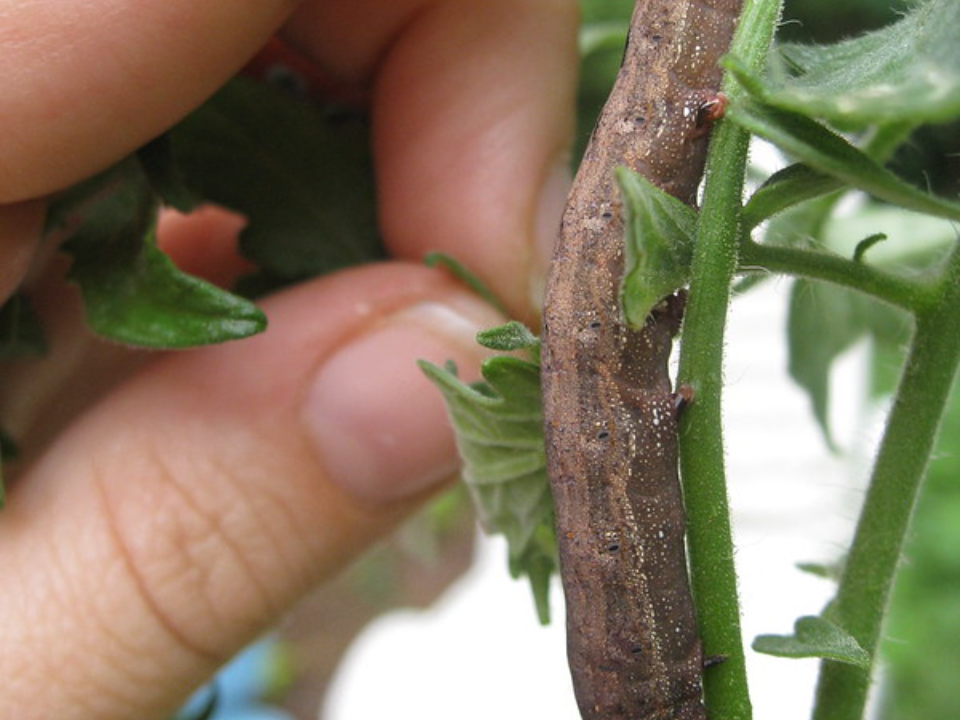
Pests can quickly ruin a garden if not properly managed. Inspect your plants regularly for signs of pests, such as holes in leaves or wilting. Organic insecticides like neem oil can help control pests without harming beneficial insects.
You can also attract natural predators such as ladybugs and birds by planting flowers that they are drawn to. By keeping your garden healthy and balanced, you can reduce the risk of pest infestations.

Pruning is important for maintaining the health and shape of your plants. Remove dead or diseased branches to encourage new growth and improve air circulation. It is also a good idea to trim back any excessive growth that may be blocking sunlight from reaching other plants.
When pruning, use sharp, clean tools to avoid damaging the plants. Pruning at the right time of year, depending on the plant, will help it thrive and produce better flowers or fruit.
Use Companion Planting
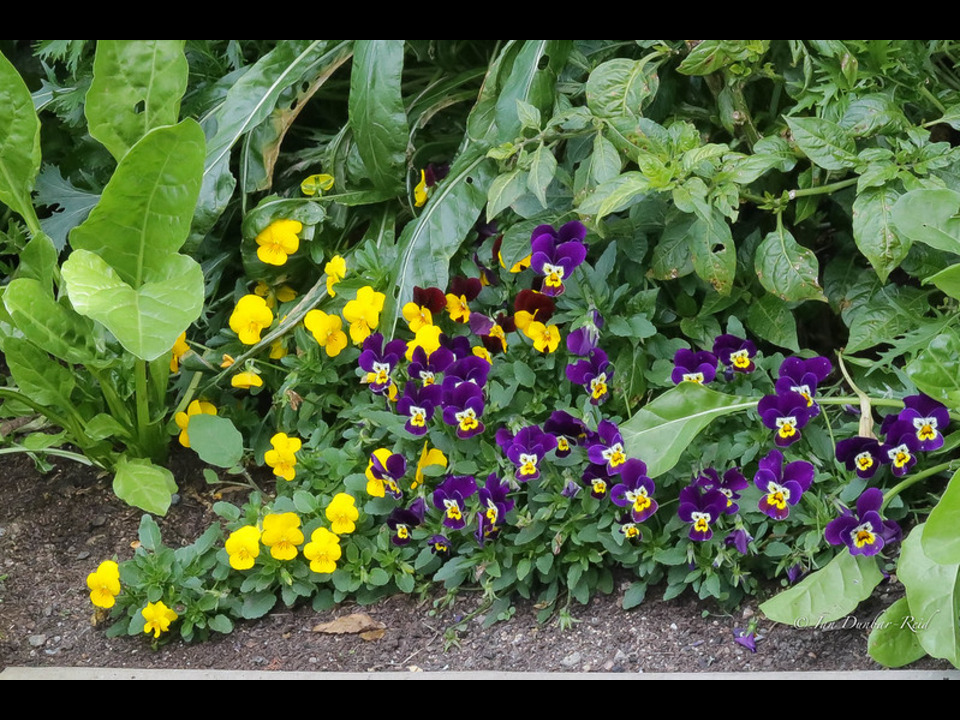
Companion planting is the practice of placing plants together that benefit each other. Some plants, such as basil and tomatoes, grow better when planted near each other because they can help repel pests or improve flavor. It’s a natural way to promote healthy growth without relying on chemicals.
Do some research to learn which plants are good companions and which ones should be kept apart. This will help you create a harmonious garden that thrives naturally.
Protect Your Plants from Heat Stress
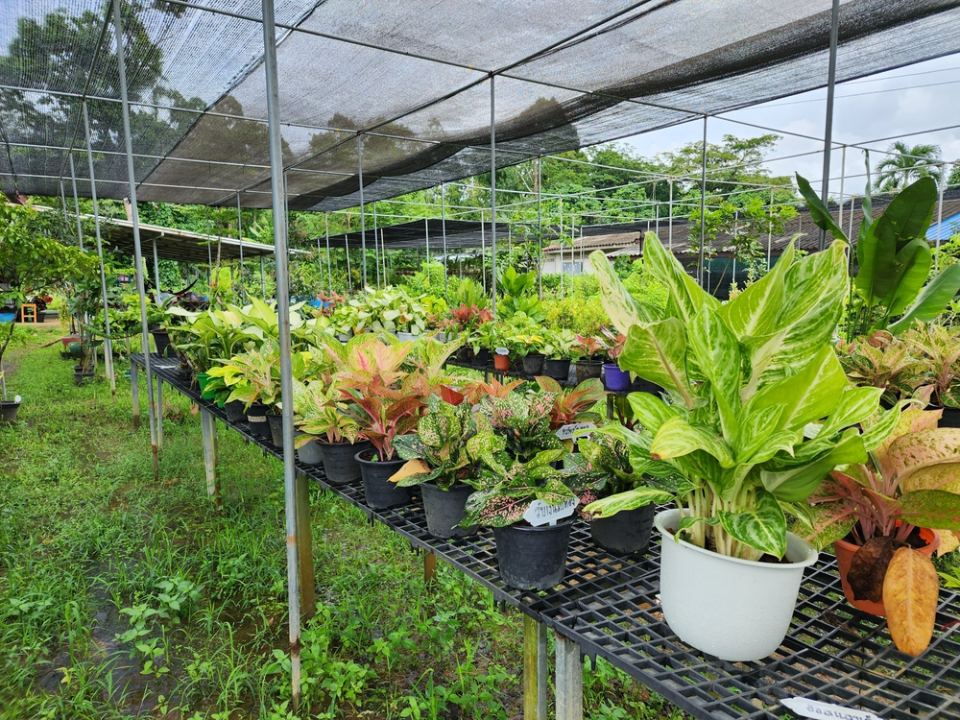
Summer heat can be hard on plants, especially if there is a sudden temperature spike. To protect your plants from heat stress, consider providing shade during the hottest parts of the day. You can use shade cloth or even create DIY shelters to reduce direct sunlight exposure.
Keep an eye on your plants during heat waves, as they may require more frequent watering or additional protection from the sun. By being proactive, you can help prevent damage caused by extreme temperatures.
Plan for Succession Planting

Succession planting is the practice of planting crops in intervals so that you have a continuous harvest throughout the summer. For example, you can plant lettuce every two weeks to ensure you always have fresh greens. This technique maximizes garden space and minimizes waste.
Start by researching which plants are best suited for succession planting. Some vegetables, like beans and peas, grow quickly and can be planted multiple times in one season.
Create Garden Paths

Garden paths are essential for accessibility and maintenance. By adding pathways to your garden, you make it easier to navigate while working, preventing damage to plants. You can use mulch, gravel, or steppingstones to create attractive and functional paths.
Paths also help reduce soil compaction, as they provide a designated area for walking. Ensure your paths are wide enough to allow easy access to all areas of your garden.
Be Patient and Observe
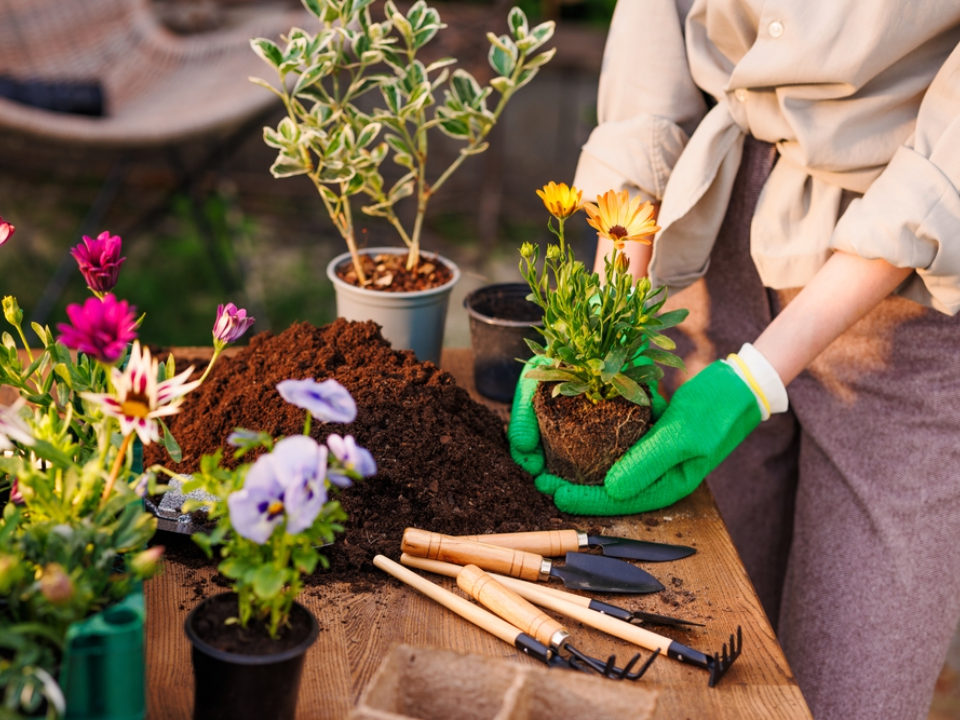
Patience is key in gardening, especially for beginners. It takes time for plants to grow, and not every plant will thrive immediately. Observe your plants closely and take note of what is working and what needs improvement.
Gardening is a learning experience, and each season will teach you something new. Keep a journal of your gardening practices, and over time, you will become more confident in your skills.
Learn to Identify Diseases

Just like pests, plant diseases can spread quickly and harm your garden. Learn how to identify common plant diseases by their symptoms, such as yellowing leaves or moldy spots. Early detection is crucial for stopping diseases from spreading.
There are many organic solutions to treat plant diseases, such as using fungicides or removing infected plants. Be sure to properly dispose of any diseased material to avoid reinfection.
Support Tall Plants

Tall plants, such as sunflowers and tomatoes, can become top-heavy during the summer. To prevent them from falling over or breaking, provide support with stakes or cages. This helps keep the plants upright, allowing them to continue growing strong and healthy.
Be sure to tie the plants gently to the supports with soft materials to avoid damaging their stems. This simple step will help your plants stay stable and productive.
This article originally appeared on Avocadu.
